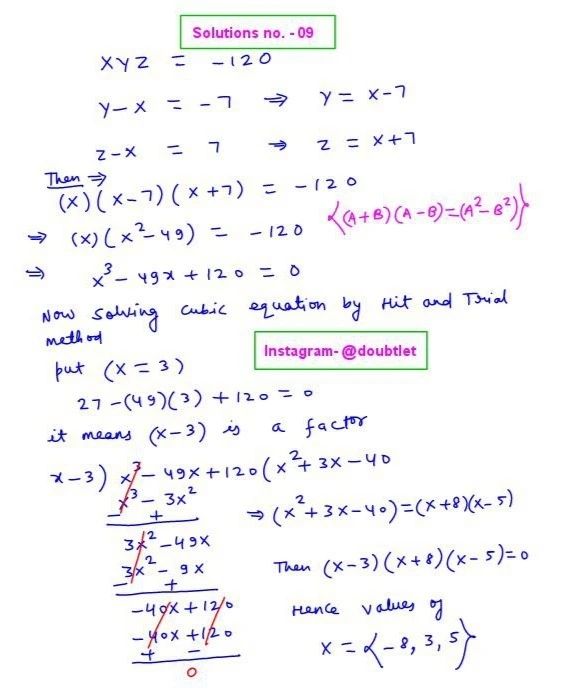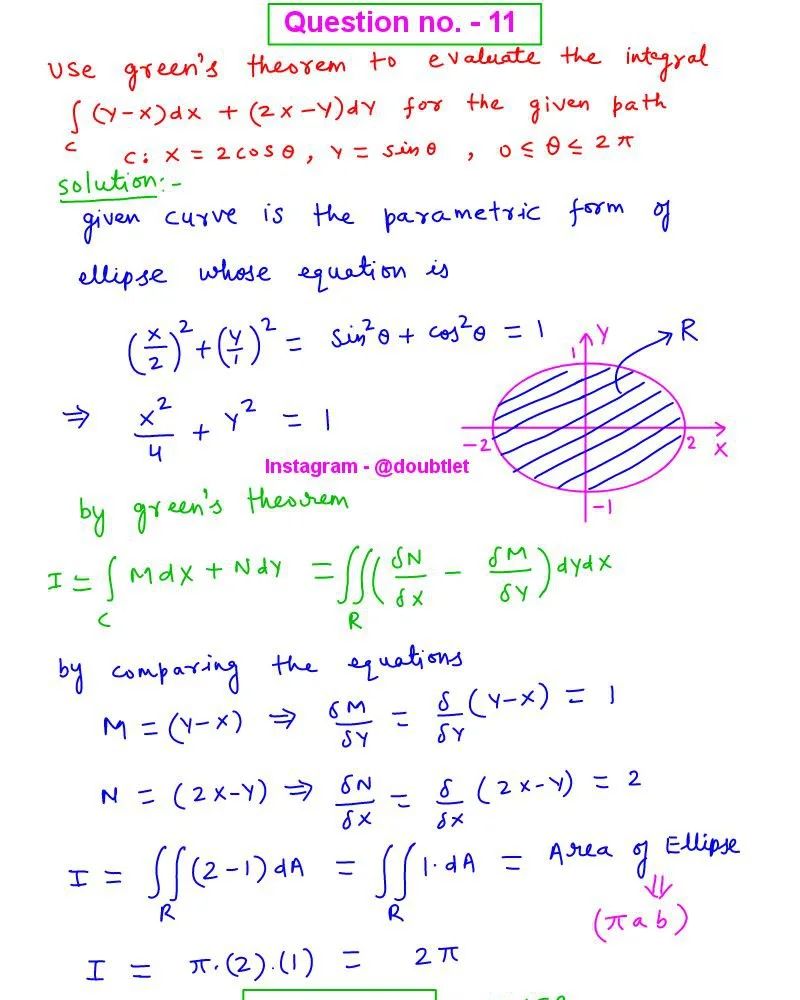









Question :
Find the work (in ) done by a force that moves an object from the point to the point along a straight line. the distance is measured in meters and the force in newtons.

Solution:

Neetesh Kumar | December 18, 2024
Calculus Homework Help
This is the solution to Math 1C
Assignment: 12.3 Question Number 18
Contact me if you need help with Homework, Assignments, Tutoring Sessions, or Exams for STEM subjects.
You can see our Testimonials or Vouches from here of the previous works I have done.
Step-by-step solution:
The formula for work done is:
,
where:
- is the force vector,
- is the displacement vector.
Step 1: Find the displacement vector :
The displacement vector is calculated as:
,
where and are the initial and final position vectors.
Subtract the components:
.
Simplify:
.
Step 2: Compute the dot product :
The force vector is and the displacement vector is .
The dot product is:
,
where are the components of , and are the components of .
Substitute the values:
.
Simplify each term:
.
Combine:
.
Final Answer:
The work done by the force is:
Please comment below if you find any error in this solution.
If this solution helps, then please share this with your friends.
Please subscribe to my Youtube channel for video solutions to similar questions.
Keep Smiling :-)
Comments(0)



Leave a comment